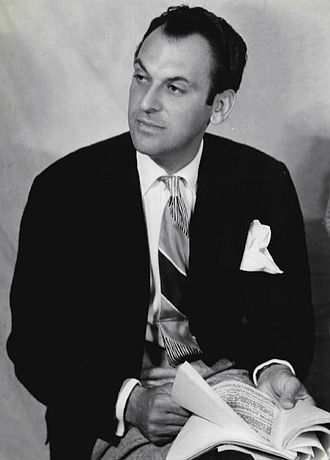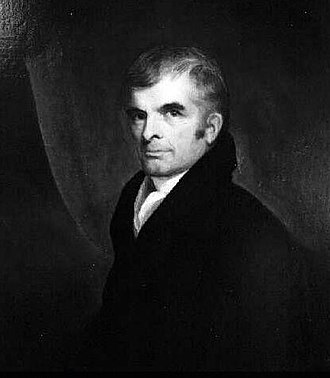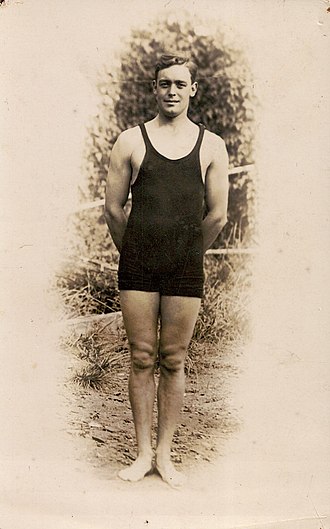Discover Your Roots
SIGN UPDiscover Your Roots
SIGN UPMoss is a male name of English origin with a powerful and divine meaning. Derived from the English language, Moss signifies "Born Of A God." This name has a strong and timeless quality, reflecting a sense of divine connection and strength. Notable individuals bearing this name include Moss Burmester, a renowned New Zealand swimmer, Moss Hart, a celebrated American playwright, and Moss Twomey, an influential Irish republican and IRA leader. The name Moss carries a rich historical and cultural significance, embodying a sense of divine origin and strength. With its English roots and profound meaning, Moss is a name that exudes a sense of power and distinction.

Moss Hart (1904–1961) was a prominent American playwright, librettist, and theater director. He grew up in modest circumstances in New York City, where his interest in the theater was sparked by his Aunt Kate. Hart's first taste of Broadway came at the age of 14, leaving a lasting impression on him. His career took off with the success of his collaboration with George S. Kaufman, notably with the hit play "Once in a Lifetime" (1930). Their partnership produced several successes, including "You Can't Take It with You" (1936) and "The Man Who Came to Dinner" (1939). After parting ways with Kaufman, Hart continued to write plays and gained recognition as a director. His most notable directorial achievement was the musical "My Fair Lady" (1956), which won a Tony Award for Best Musical. Hart also dabbled in screenwriting and memoir writing. His last directorial work was the musical "Camelot" (1960). Additionally, Hart served as the president of the Dramatists Guild of America from 1947 to 1956. His influence and contribution to American theater remain enduring.

Moss Mabry (July 5, 1918 – January 25, 2006) was a renowned American costume designer known for his iconic work in the film industry. Despite initially studying mechanical engineering at the University of Florida, Mabry's passion for costume design led him to Hollywood, where he signed a contract with Warner Bros. His notable film credits include "Dial M for Murder," "Them!" (both 1954), "The Manchurian Candidate," "Mutiny on the Bounty" (both 1962), "The Silencers," "Murderers' Row" (both 1966), "The Detective" (1968), "Bob & Carol & Ted & Alice" (1969), "The Shootist," and "King Kong" (both 1976). Mabry received four Academy Award nominations for his outstanding work, including "Giant" (1956), "What a Way to Go!" (1964), "Morituri" (1965), and "The Way We Were" (1973). His most iconic design was the striking red jacket worn by James Dean in "Rebel Without a Cause" (1955). Mabry's creativity and attention to detail were evident in his challenging task of creating 42 costume changes for Elizabeth Taylor in "Giant" (1956). His contributions to the industry have left a lasting impact on the world of costume design.

Moss Kent (April 3, 1766 – May 30, 1838) was a distinguished United States Representative from New York. He began his career in Kent's Parish, part of Croton-on-Hudson, New York, and later moved to Cooperstown, New York. Kent served as a member of the New York State Senate from 1799 to 1803 and the New York State Assembly in 1807 and 1810. Known for his resilience, Kent ran for a seat in New York's 10th congressional district twice, in 1798 and 1808, narrowly missing victory by less than 10 points in both elections.In 1812, Moss Kent was elected to Congress as a Federalist and was reelected in 1814, serving in the 13th and 14th Congresses. Notably, he represented the newly created 18th District. Kent was also recognized for his legal acumen and later resumed the practice of law after leaving Congress. He eventually moved to Plattsburgh, where he passed away on May 30, 1838, and was laid to rest in Plattsburgh's Riverside Cemetery.Moss Kent came from a distinguished family; his father was Moss Kent Sr., a respected New York lawyer and judge, and his brother was James Kent, a prominent jurist and legal scholar. Moss Kent's legacy endures through his contributions to the legal and political realms of New York.

Moss Turner-Samuels QC (19 October 1888 – 6 June 1957) was a prominent figure in the United Kingdom, recognized for his contributions as a Labour Party politician and barrister. He first entered the House of Commons as the Member of Parliament (MP) for the Barnard Castle constituency after the 1923 general election. Throughout his political career, Turner-Samuels was known for his resilience, as he was re-elected to Parliament two decades later in the Labour landslide at the 1945 general election, representing Gloucester. Turner-Samuels continued to serve his constituents, securing re-election at the subsequent three general elections. Regrettably, his time in office was cut short when he passed away at the age of 68 in Westminster in 1957. His dedication to public service and his impactful presence in the political arena continue to be remembered. Turner-Samuels' legacy lives on through his enduring contributions to the United Kingdom's political landscape.

Maurice Froomes "Moss" Christie, born on September 18, 1901, was an accomplished Australian freestyle swimmer known for his outstanding achievements in the 1920s. At the 1924 Summer Olympics in Paris, Christie secured a silver medal in the 4×200-metre freestyle relay, showcasing his exceptional talent and dedication to the sport. Over two decades, from 1917 to 1937, he made significant contributions to the national and state championship events, earning an impressive 13 National freestyle titles and 7 NSW freestyle championships. Christie's remarkable skills and commitment to the Drummoyne Amateur Swimming Club left a lasting impact on the swimming community. Teaming up with renowned swimmers such as Boy Charlton, Ernest Henry, and Frank Beaurepaire, Christie represented Australia with distinction, notably finishing second to the American team in the relay race, which featured the legendary Johnny Weissmuller. Despite facing setbacks in individual events during the 1924 Olympics, Christie's legacy as a prominent figure in Australian swimming remains unparalleled. His remarkable journey and achievements continue to inspire aspiring swimmers and sports enthusiasts worldwide.
All images displayed on this page are sourced from Wikipedia or Wikimedia Commons.We use these images under their respective Creative Commons or public domain licenses. Wherever applicable, author attributions and license information are provided. If you believe an image is used incorrectly or outside its license terms, please contact us so that we can review and correct the issue.